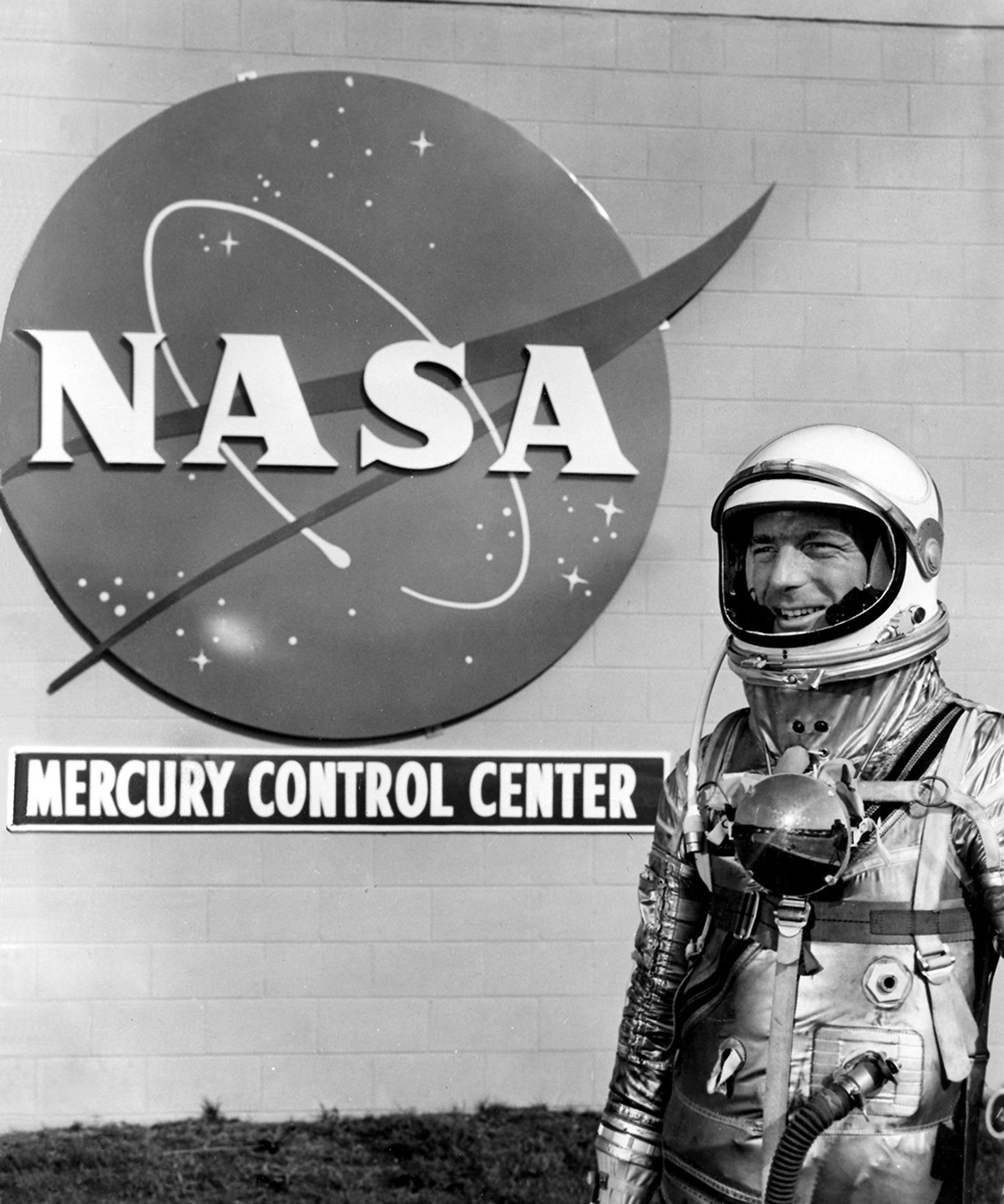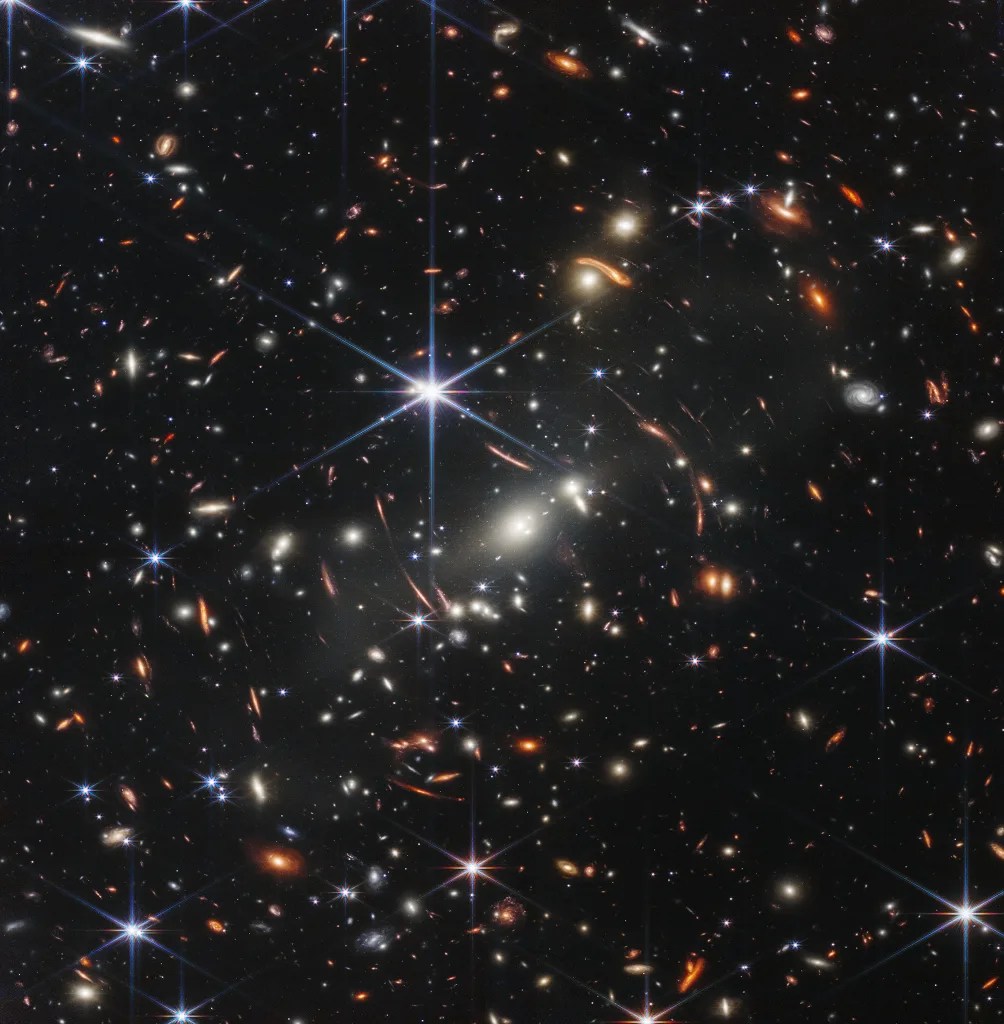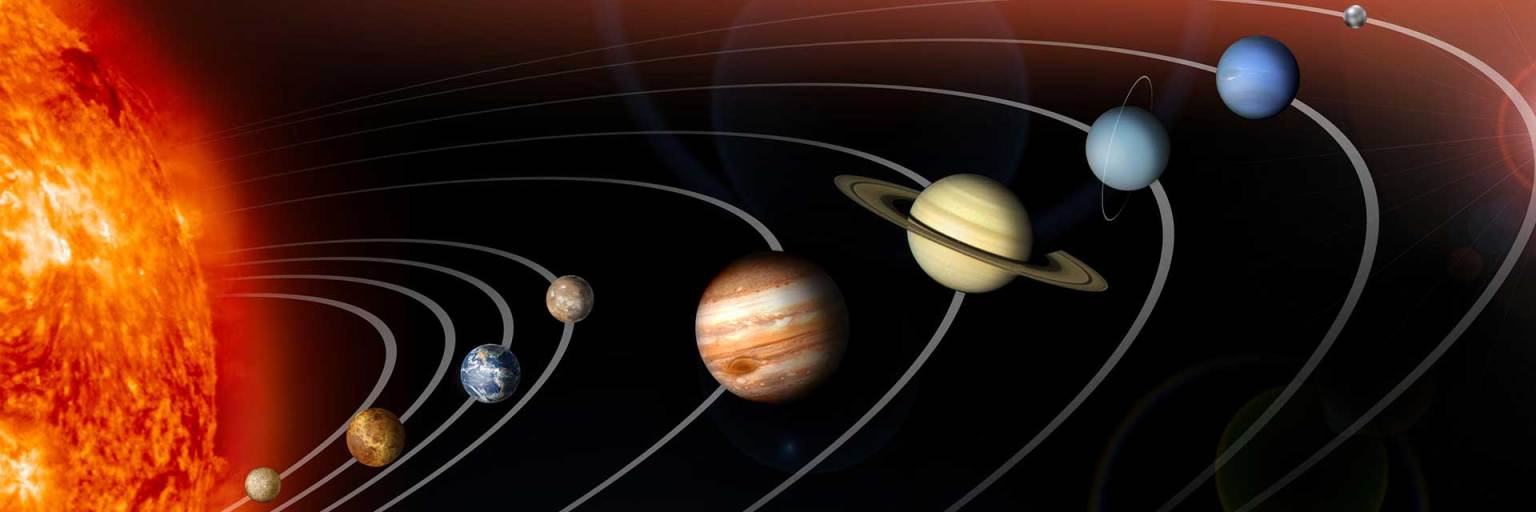Explore NASA Science
Science e-Books
From Earth and the other planets in our solar system, to supermassive black holes and the distant galaxies that contain them, explore NASA science and imagery through our library of e-books.
Astrophysics
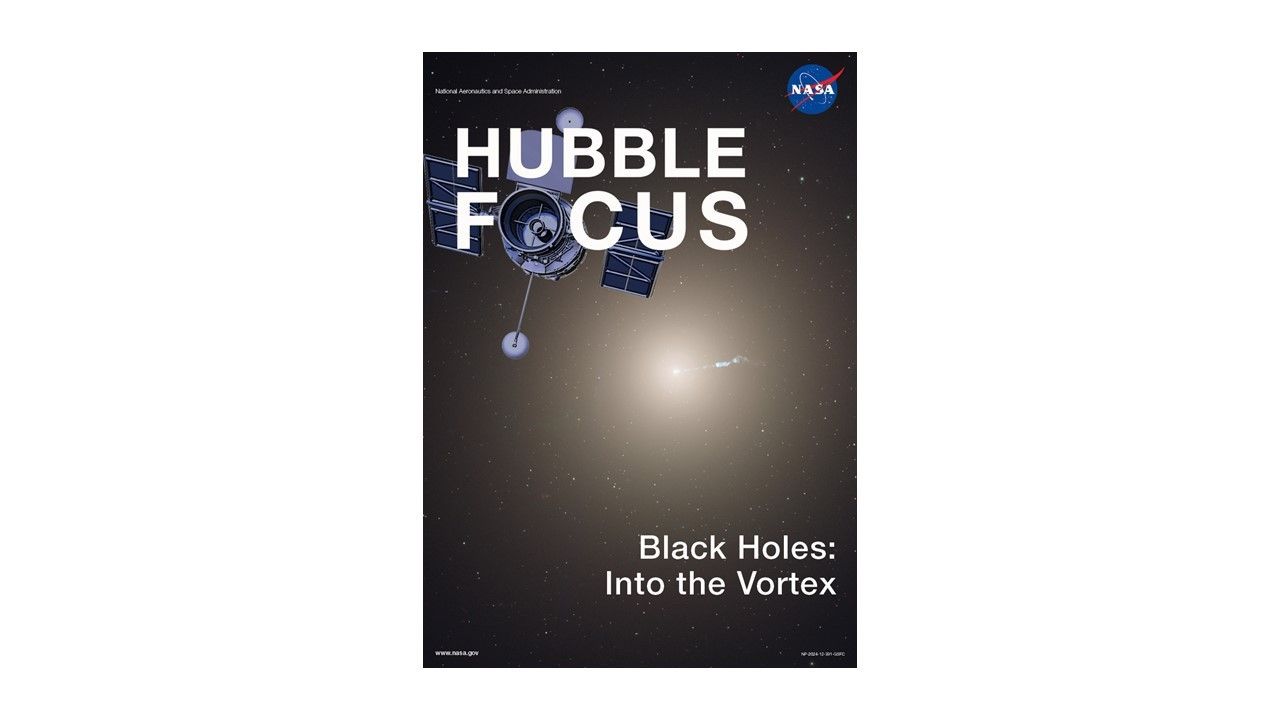
Black Holes: Into the Vortex
Black Holes: Into the Vortex explores Hubble’s recent discoveries about black holes, incredibly dense objects whose gravity is so intense that not even light can escape its pull.
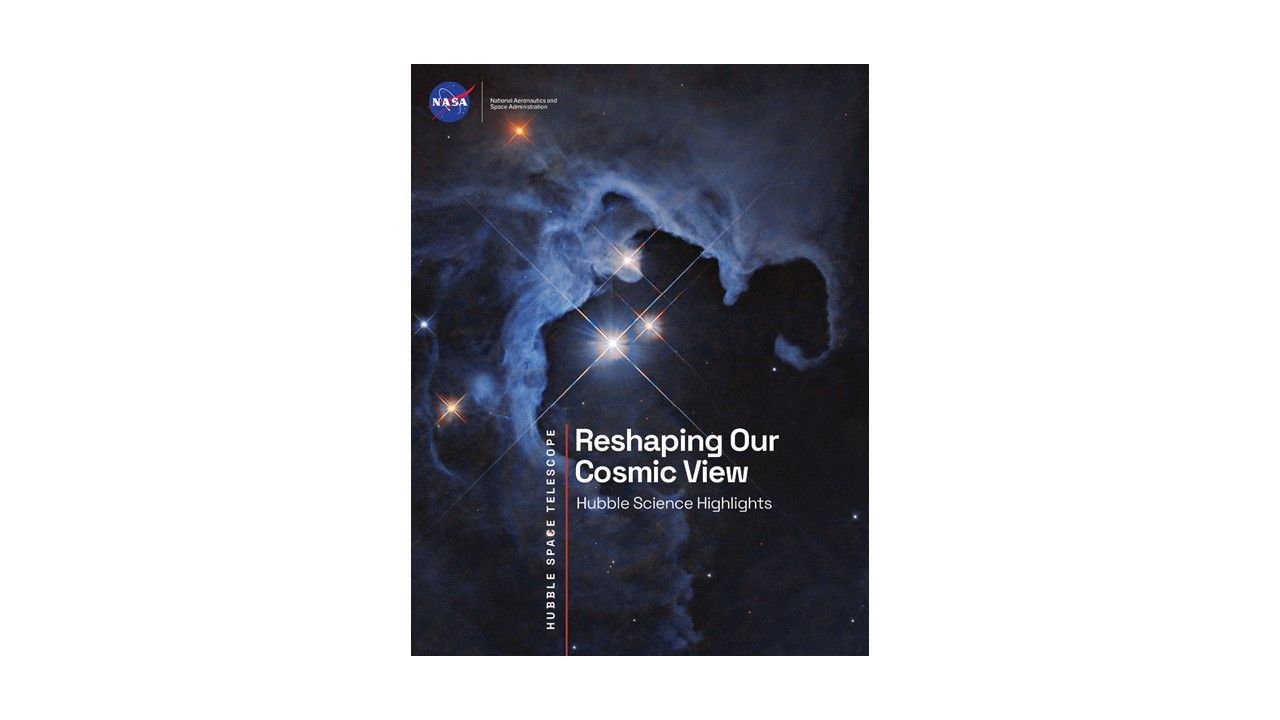
Reshaping Our Cosmic View
Reshaping Our Cosmic View: Hubble Science Highlights features some of Hubble’s ground-breaking discoveries over its more than three decades of observations.
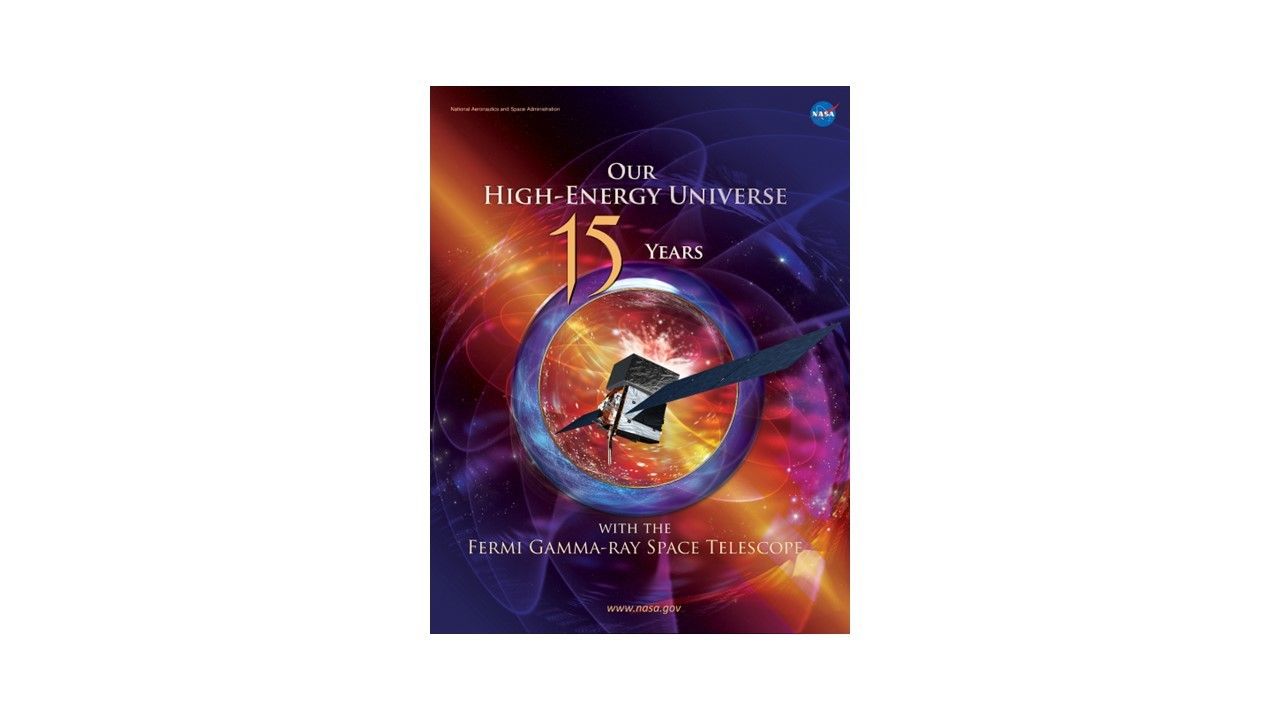
Our High-Energy Universe
Our High-Energy Universe explores 15 years of pioneering discoveries made with NASA’s Fermi Gamma-ray Space Telescope.
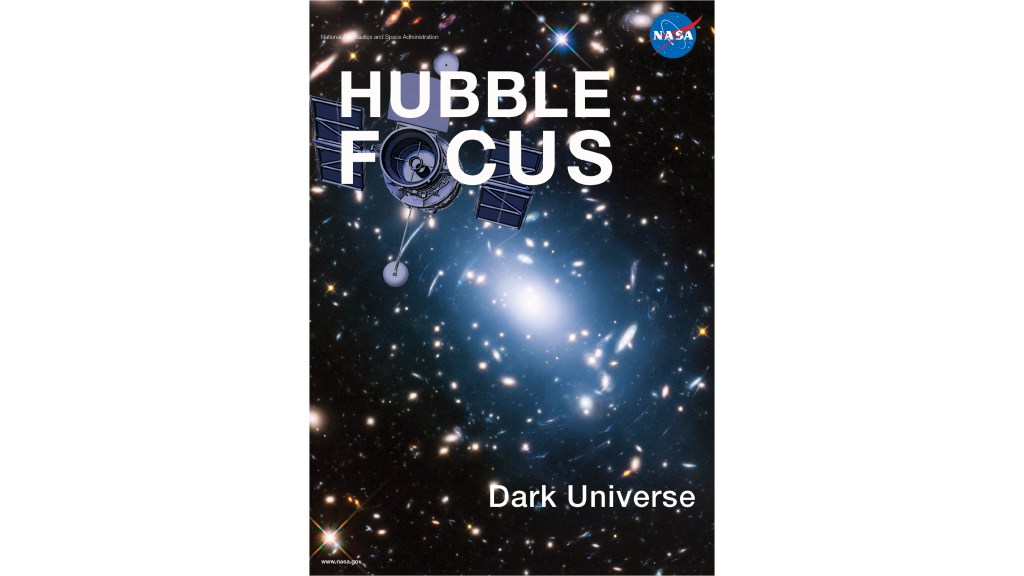
Dark Universe
Dark Universe highlights Hubble’s recent discoveries about dark matter and dark energy.
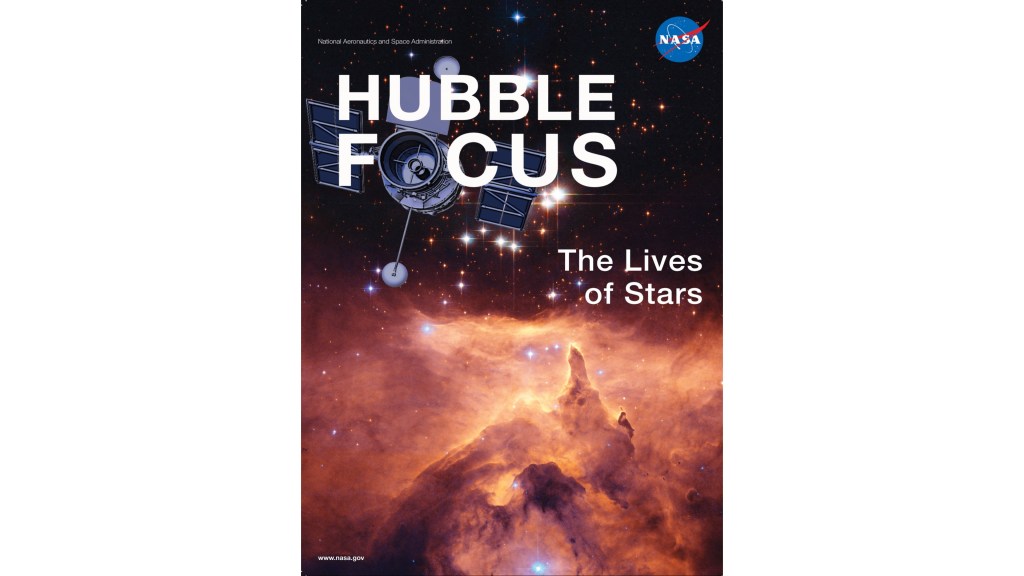
The Lives of Stars
The Lives of Stars highlights some of Hubble’s discoveries about stars, how the form, evolve, and die.
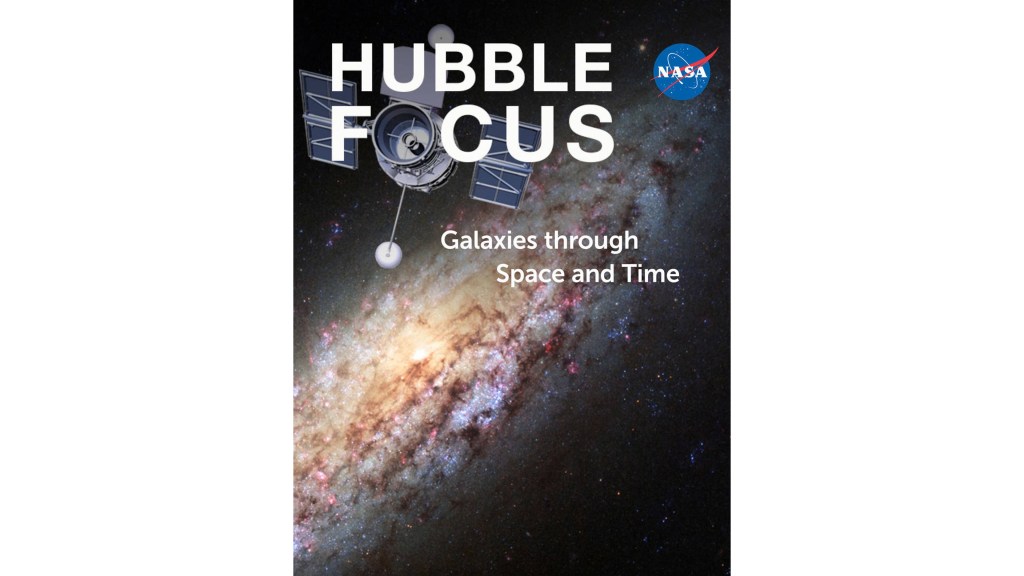
Galaxies through Space and Time
Galaxies through Space and Time describes some of Hubble’s discoveries about galaxies — homes to stars, nebulae and planets.
Earth
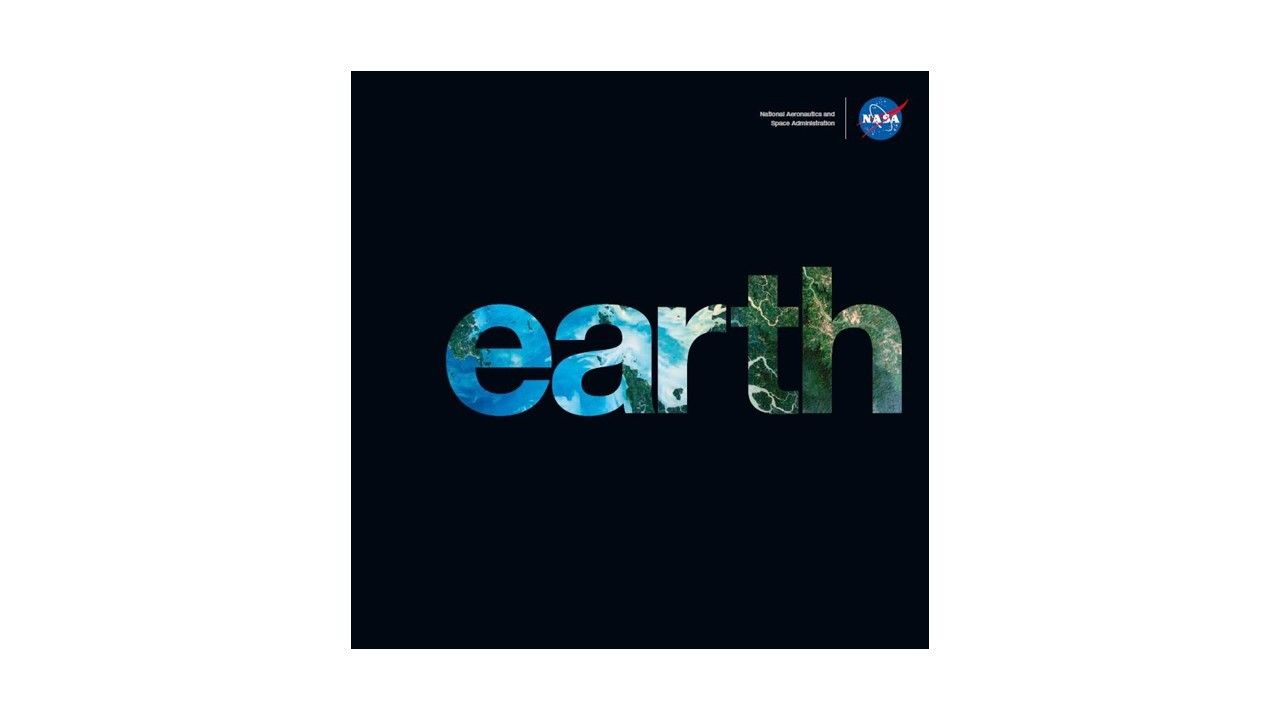
Earth
Earth stands at an intersection of science and art. From its origins, NASA has studied our planet in novel ways, using ingenious tools to study physical processes at work—from beneath the crust to the edge of the atmosphere.
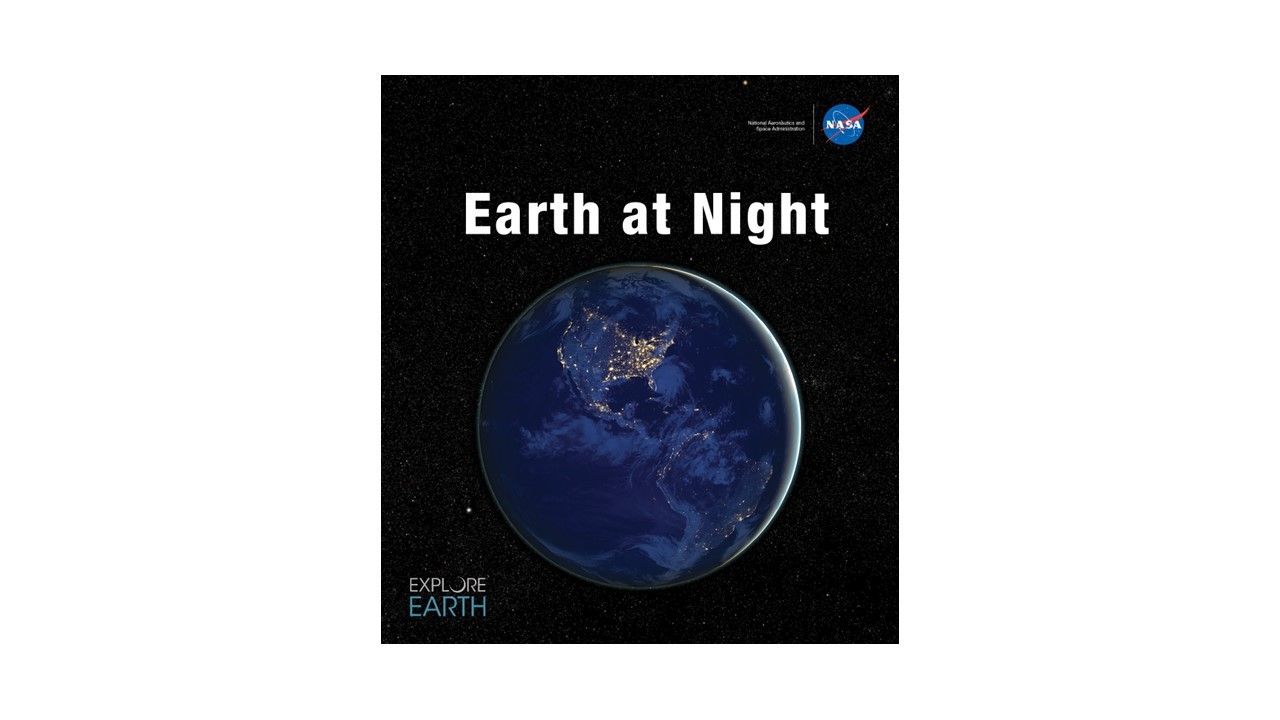
Earth at Night
Earth at Night reveals how humans and natural phenomena light up the darkness, and how and why scientists observe Earth’s nightlights.

Landsat: Benefiting Society for Fifty Years
Highlights of some of the tangible benefits of Landsat's fifty years of science.

Landsat: Continuing to Improve Everyday Life
This e-book showcases how the Landsat program improves life on Earth.

Earth as Art
Earth as Art celebrates our planet’s aesthetic beauty through 75 stunning images from the Terra, Landsat 5, Landsat 7, EO-1, and Aqua satellites.
History
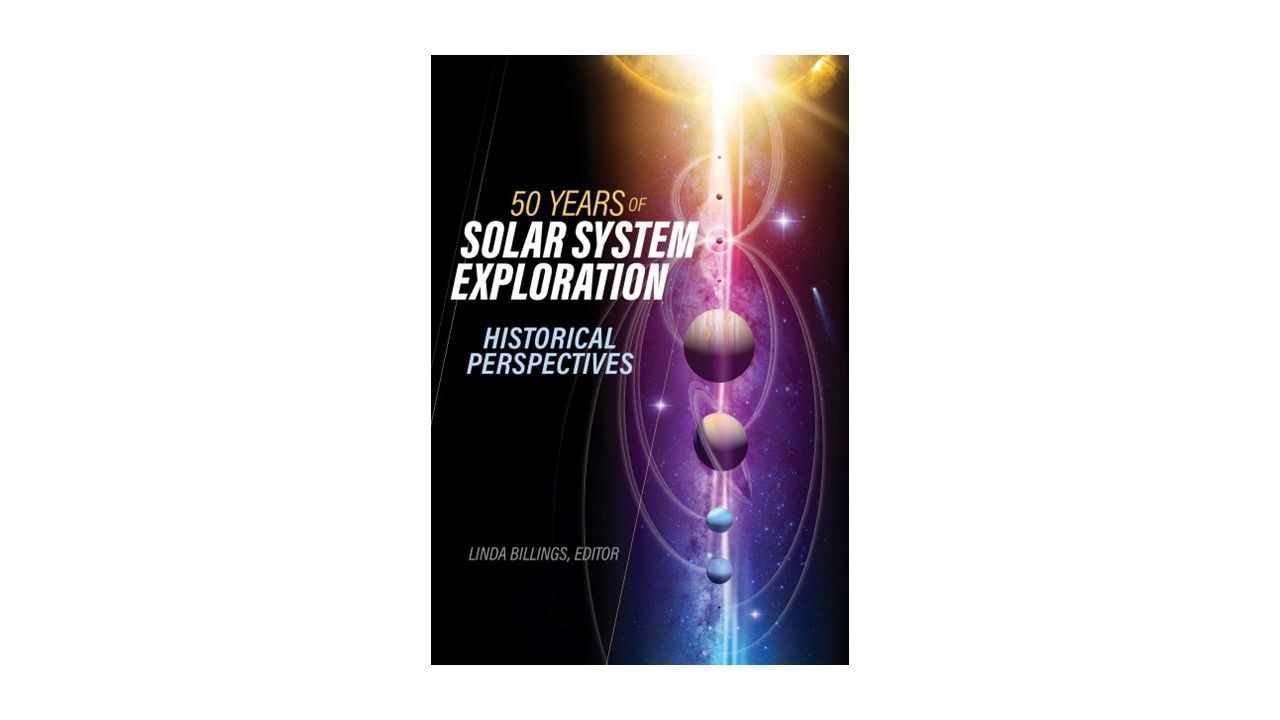
50 Years of Solar System Exploration
From Mariner 2 at Venus in 1962, to New Horizons at Pluto in 2015, to the possibilities of exploring planets beyond our solar system; discover the science, technology, policy, and politics of planetary exploration.
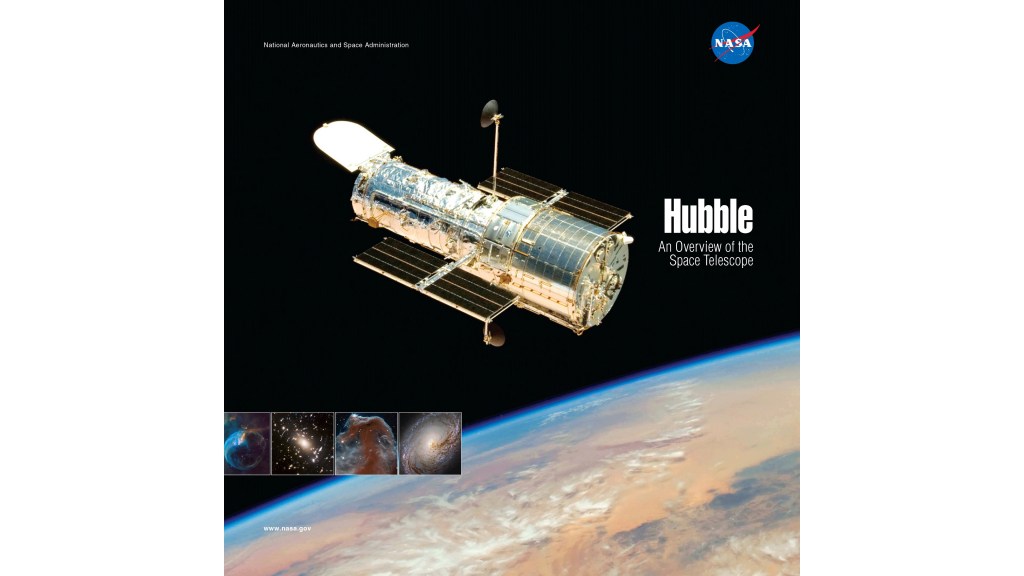
Hubble: An Overview of the Space Telescope
Hubble: An Overview of the Space Telescope tells the story of the telescope’s history, design, operation, science, and more.
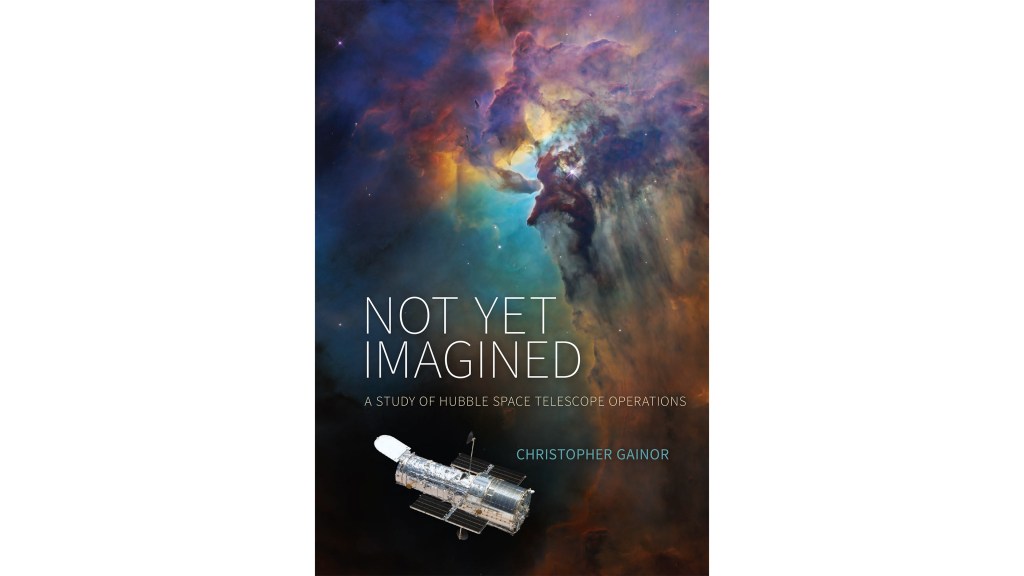
Not Yet Imagined: A Study of Hubble Space Telescope Operations
Not Yet Imagined documents the history of Hubble from its launch through its first 30 years of operation in space. It focuses on the interactions among the general public, astronomers, engineers, government officials, and members of Congress during that time.

Beyond Earth: A Chronicle of Deep Space Exploration, 1958–2016
This book chronicles NASA's efforts to send robotic travelers beyond Earth orbit, to the Moon, other planets and their moons, the Sun, comets, minor planets, dwarf planets, and ultimately beyond the solar system.
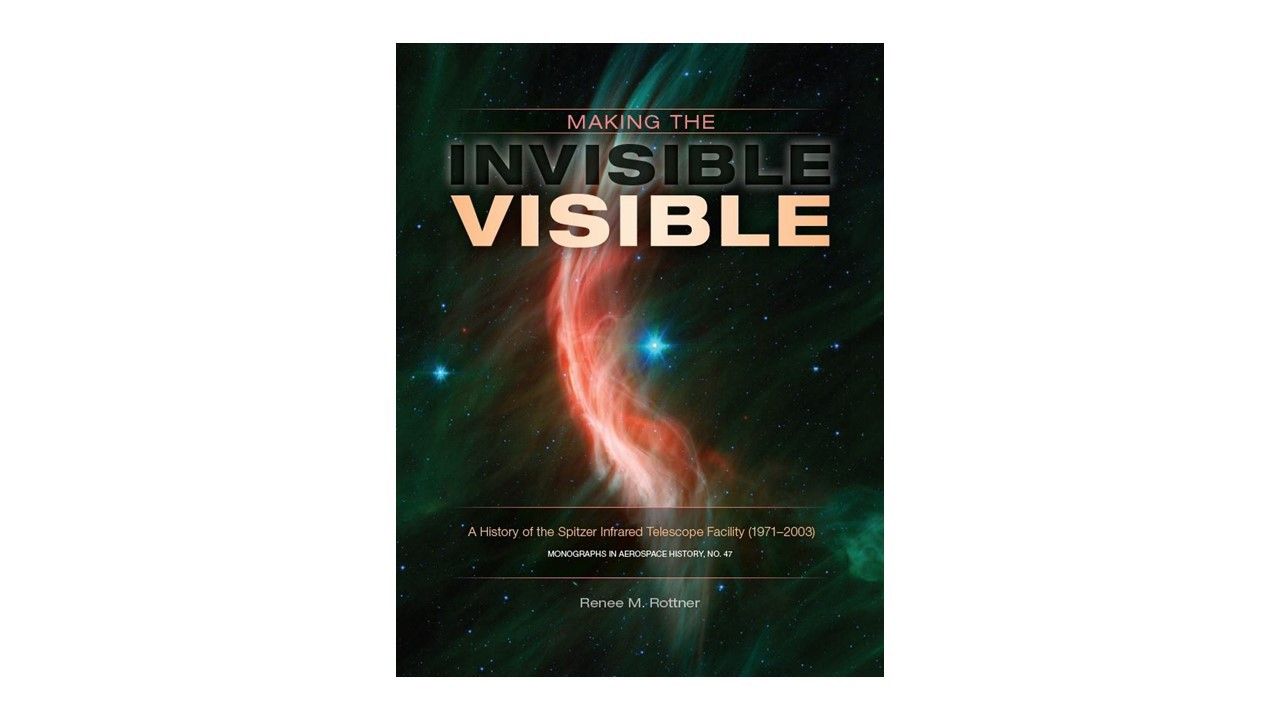
Making the Invisible Visible: A History of the Spitzer Infrared Telescope Facility (1971–2003)
This e-book examines the forces that influenced the observatory's design and innovative technology.
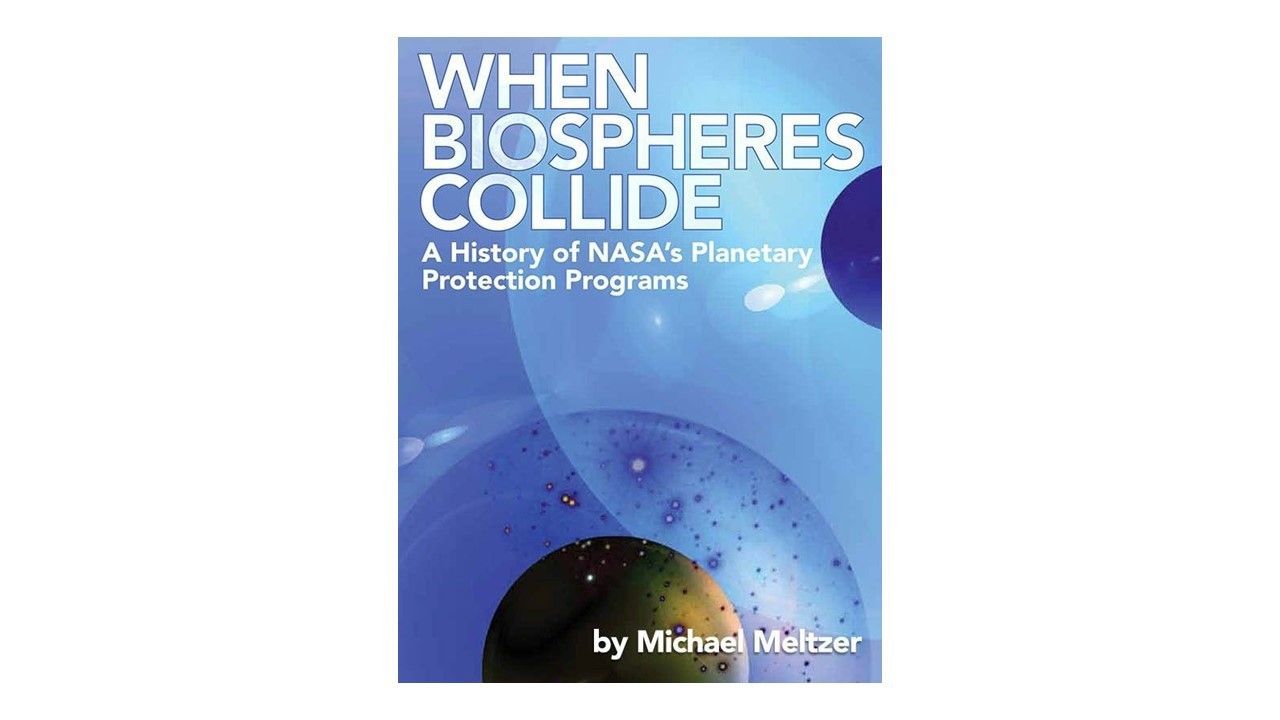
When Biospheres Collide: A History of NASA’s Planetary Protection Programs
When Biospheres Collide presents the history of planetary protection by tracing the responses to concerns that Earth microorganisms might hitchhike onboard a space mission.
Planets
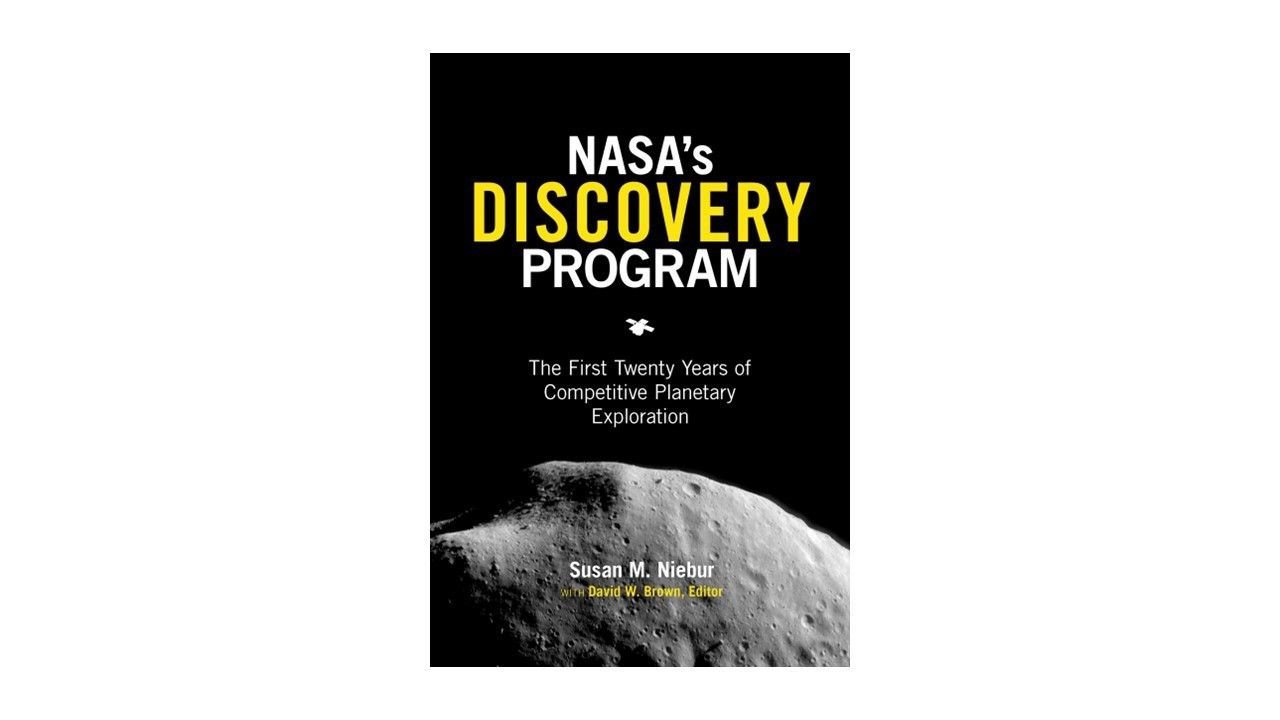
NASA’S Discovery Program: The First Twenty Years of Competitive Planetary Exploration
For over 30 years, NASA's Discovery Program has given scientists a chance to unleash their imaginations, finding inventive ways to unlock the mysteries of our solar system and beyond.
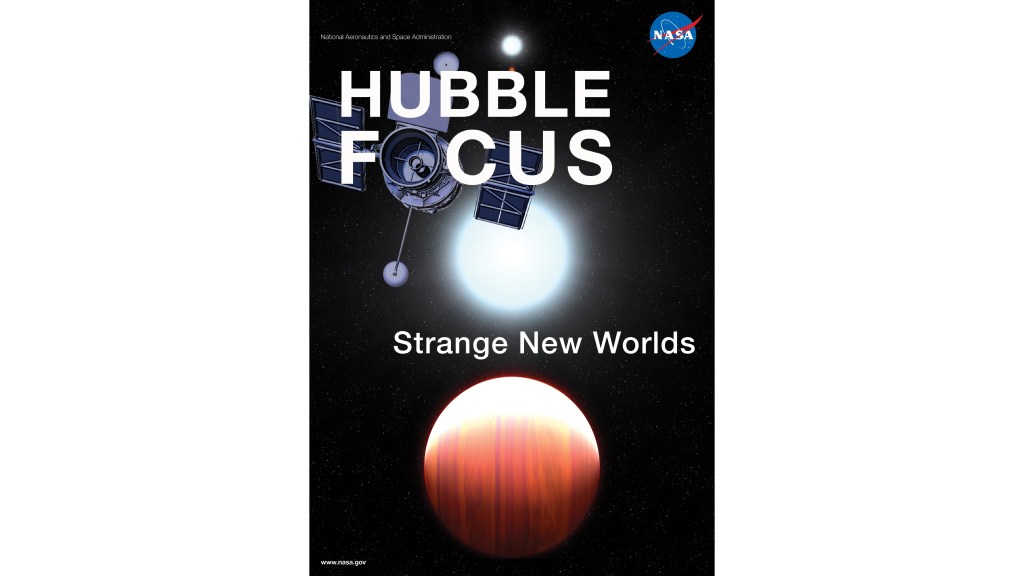
Strange New Worlds
Strange New Worlds explores Hubble's discoveries about worlds outside our solar system, known as exoplanets.
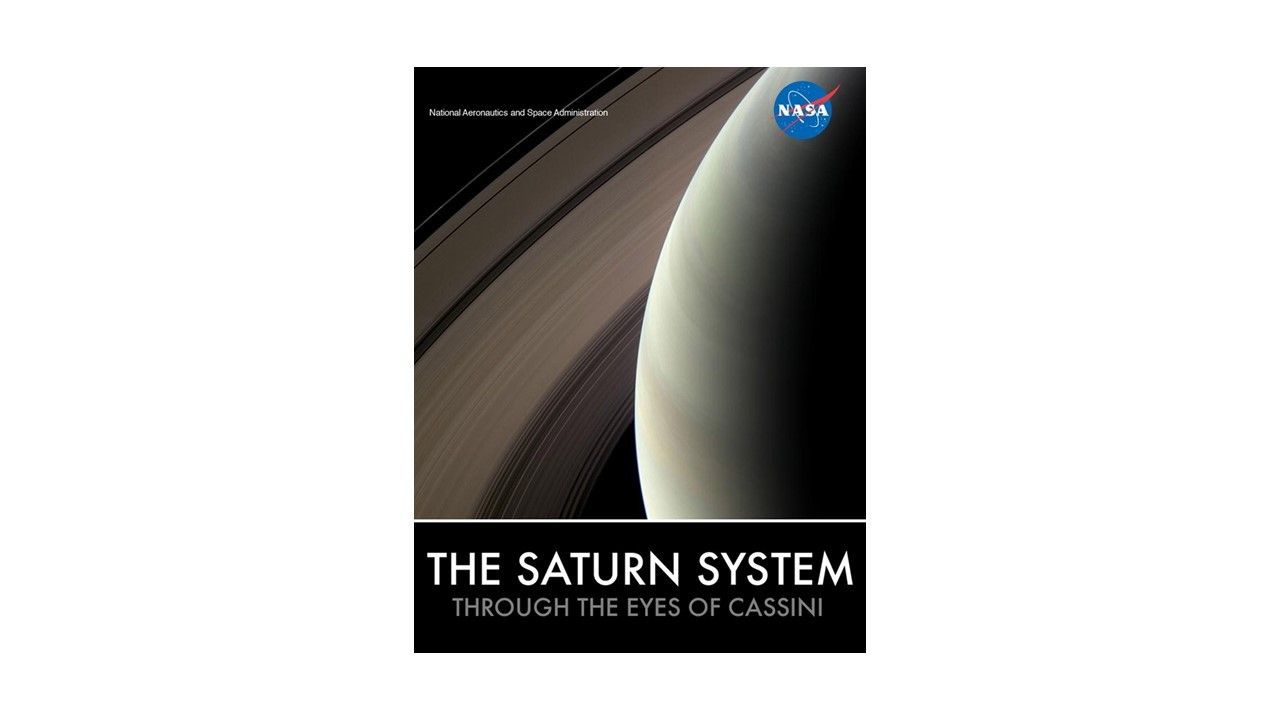
The Saturn System: Through the Eyes of Cassini
The Saturn System: Through the Eyes of Cassini showcases the science, art, and discoveries made during Cassini’s 13-year-long orbit exploration of Saturn and its moons.
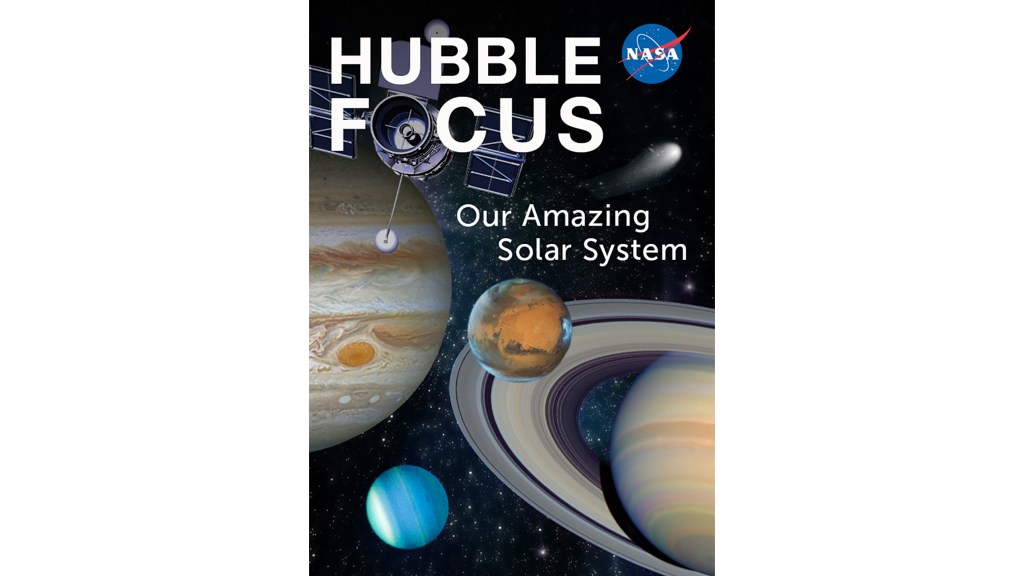
Our Amazing Solar System
Our Amazing Solar System describes some Hubble’s remarkable observations and discoveries about the planets, moons, and smaller bodies orbiting around our Sun.
Image Books
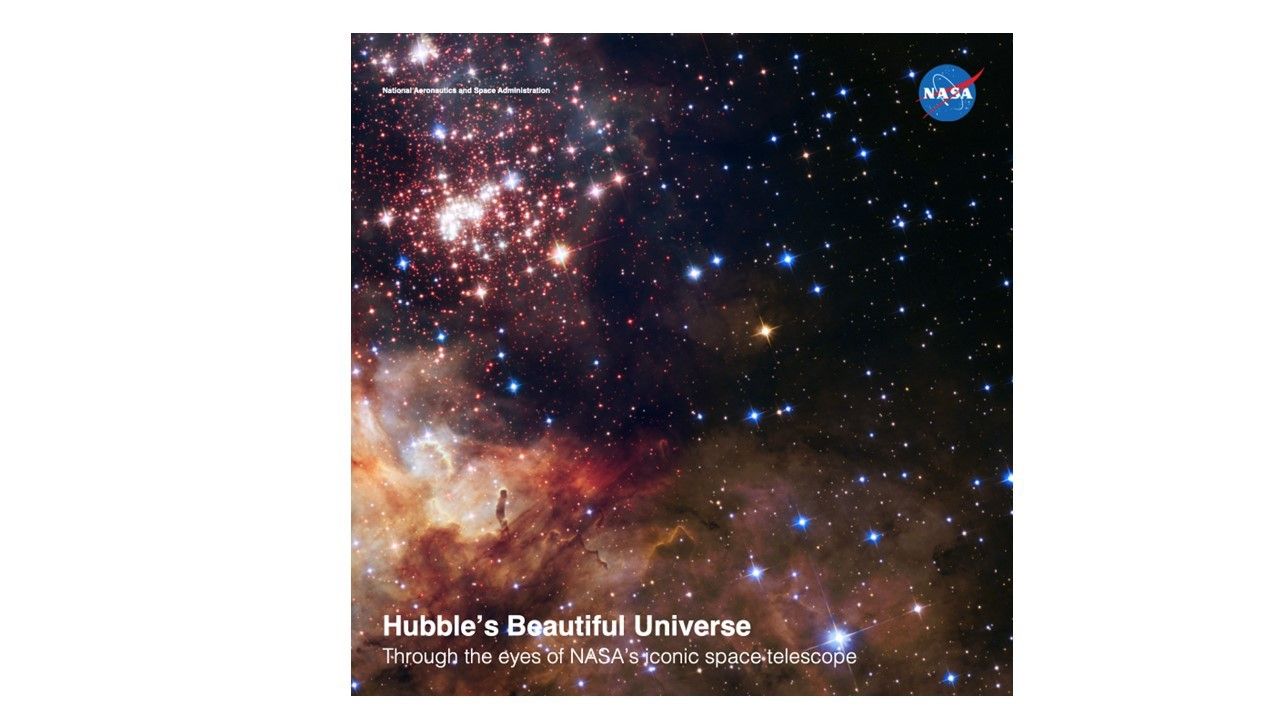
Hubble's Beautiful Universe
Beautiful Universe takes readers on a journey through Hubble’s mission, from 1990 to today, with many of the breathtaking images of the cosmos it has collected along the way.
International Space Station Researcher's Guides
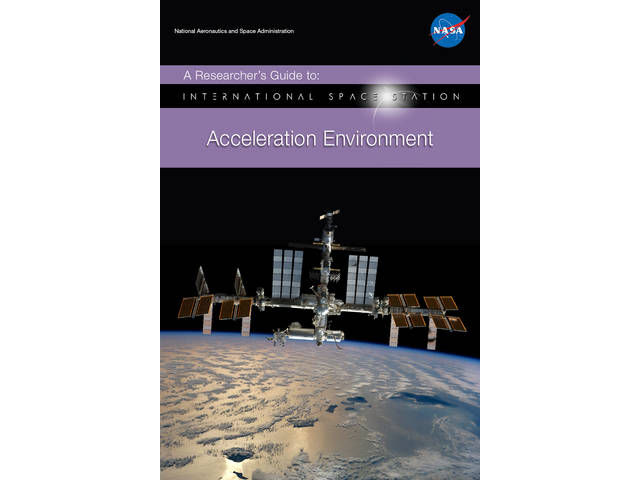
Acceleration Environment
Acceleration Environment describes the various aspects and services available to assist researchers in characterizing the environment and obtaining data regarding disturbances.
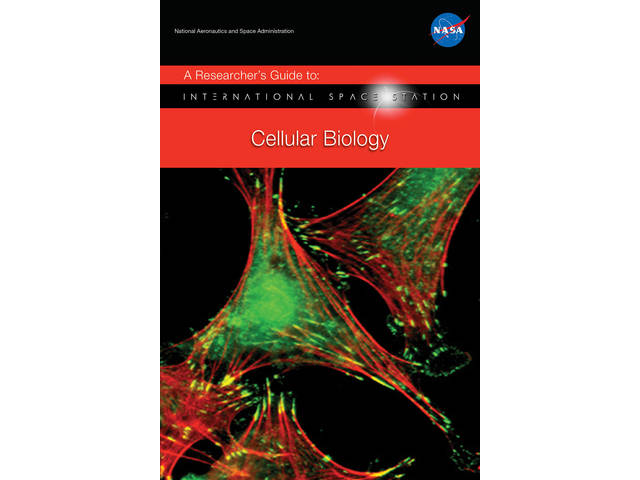
Cellular Biology
Cellular Biology describes facilities for experiments and how to choose among them. It also includes lessons learned from past experiments, and an overview of how to develop and fly research on the ISS.
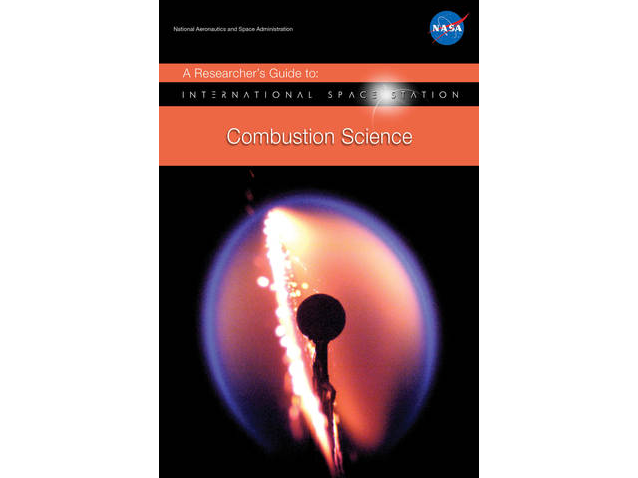
Combustion Science
Combustion Science provides an overview of research, including past research, lessons learned, and opportunities for future research.
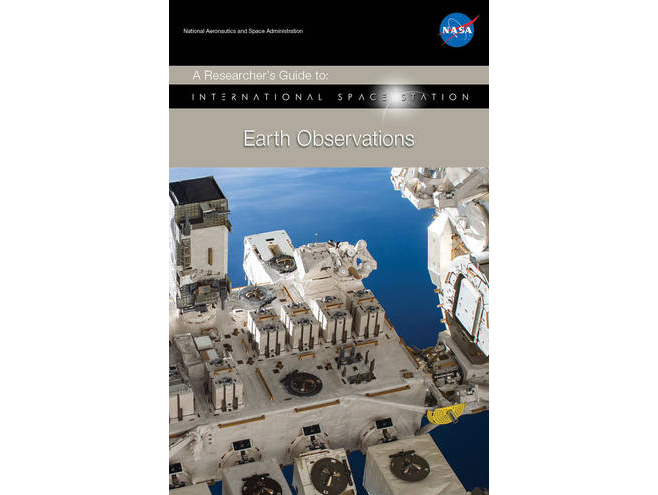
Earth Observations
Earth Observations includes information on past, current, and planned ISS Earth observation systems. It also provides introductory information on payload development processes.
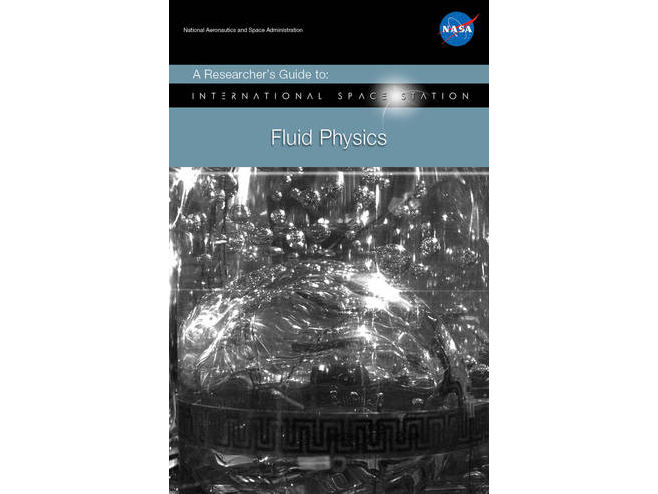
Fluid Physics
Fluid Physics provides background on previous research, current facilities, and supporting hardware on ISS. It also provides introductory information on payload development process.
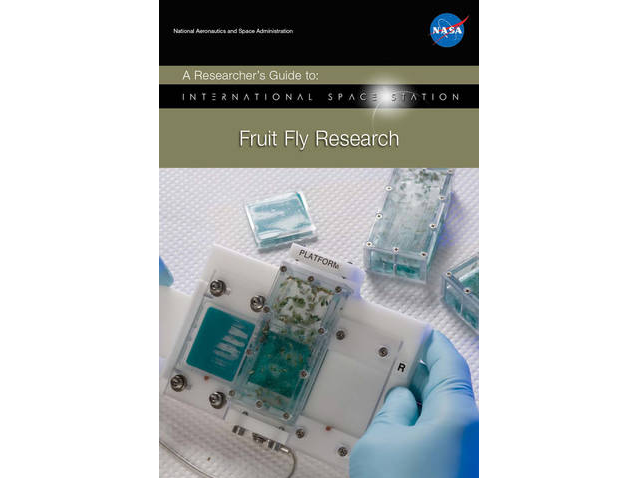
Fruit Fly Research
Fruit Fly Research provides an overview including past research, facility selection, lessons learned, opportunities for future research, and information on experiment development and funding opportunities.
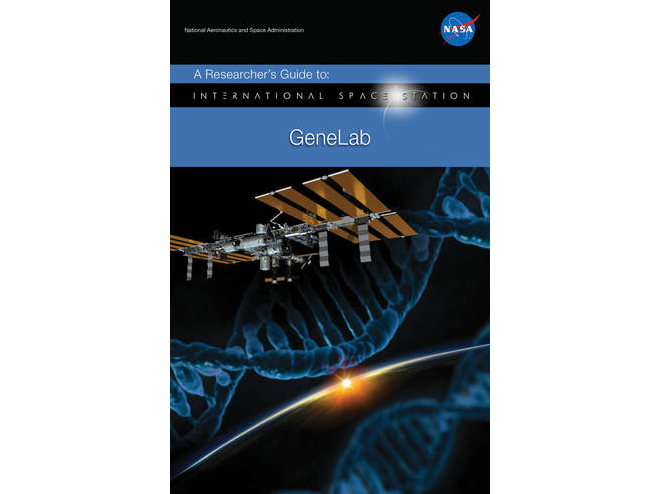
GeneLab
GeneLab provides background on Open Access Science and Inquiry. It explains how Genelab works as well as how to use the system, including how to submit data.
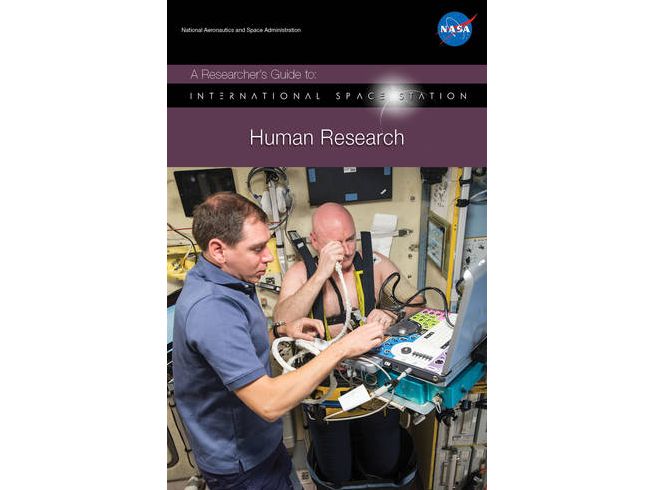
Human Research
Human Research provides an overview of sample areas of human research, requirements for human research, a summary of research support capabilities, and an overview of the pathway to flight investigations.
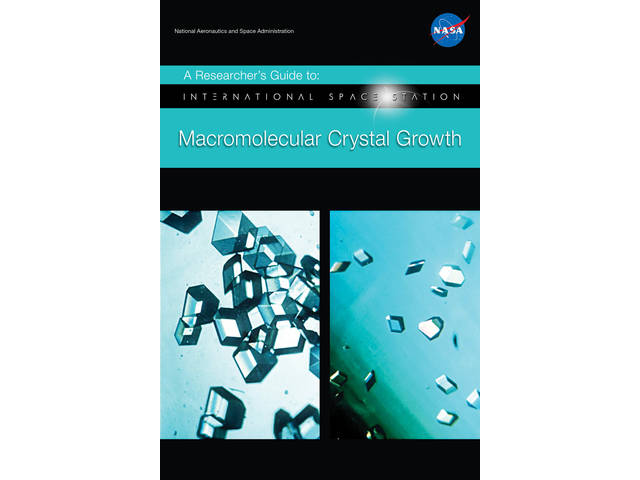
Macromolecular Crystal Growth
Macromolecular Crystal Growth provides background on previous research, current facilities, supporting hardware on ISS, and introductory information on the payload development processes.
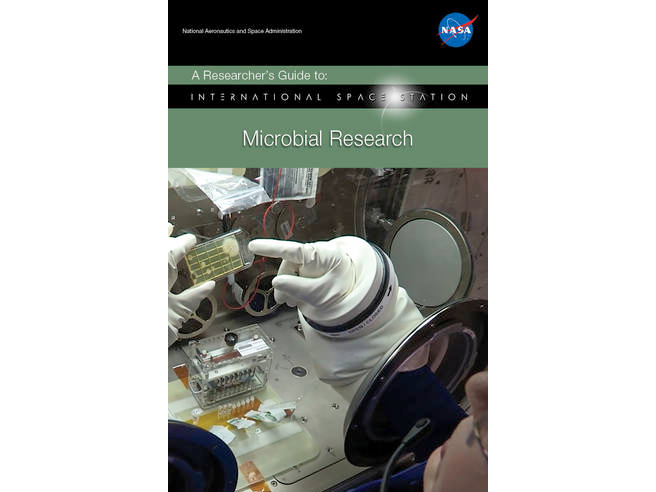
Microbial Research
Microbial Research describes the context for microbial research, both in flight and using ground-based spaceflight analogs. It also explains what researchers should know, including available hardware and funding options.
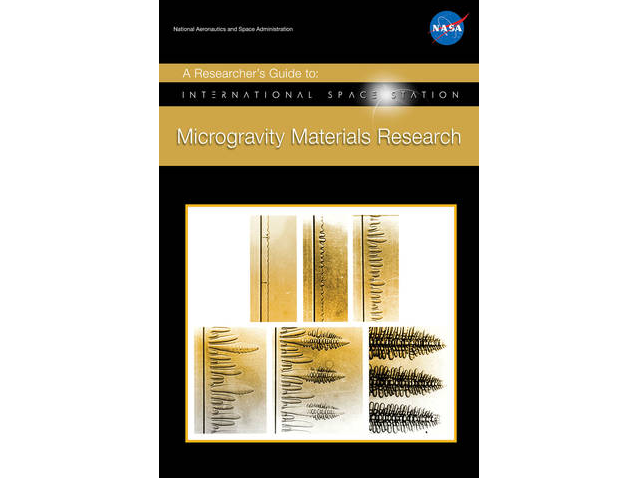
Microgravity Materials Research
Microgravity Materials Research provides information on the acceleration environment of the ISS, describes facilities available for materials research, examples of previous microgravity materials research, and descriptions of planned research.
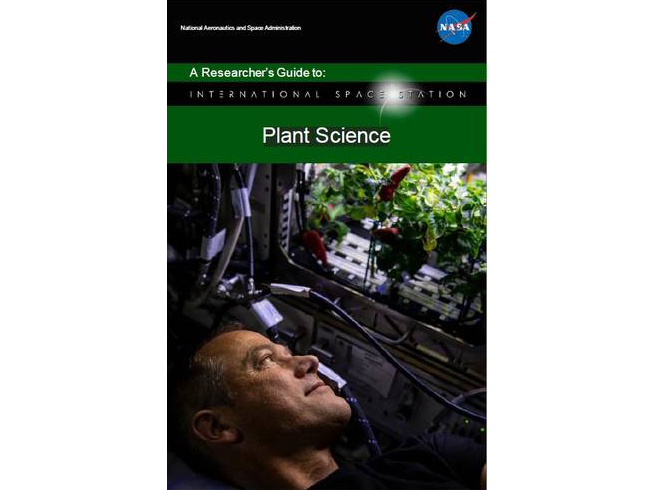
Plant Science
Plant Science provides information on the background for plant science research, summarizes previous research, including lessons learned, and provides information on ISS research facilities, including information on what potential investigators should know about conducting research on the ISS.
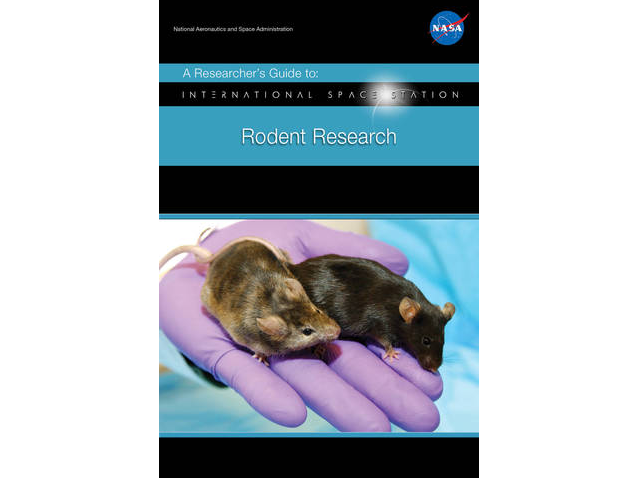
Rodent Research
Rodent Research describes the context for rodent research, summarizes past rodent research, details available habitat facilities, the process for developing and flying rodent research, lessons learned, and also includes funding opportunities and points of contact.
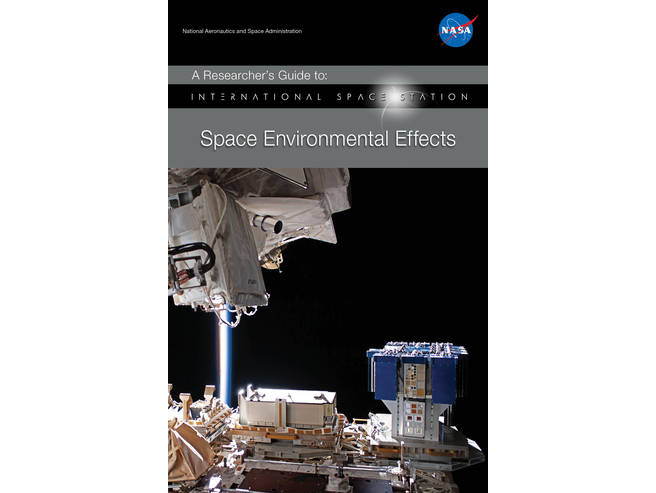
Space Environmental Effects
Space Environmental Effects explains the research priorities for space environmental effects on the ISS, describes specific aspects of the space environment for researchers to consider, and details the various ISS external accommodations available.
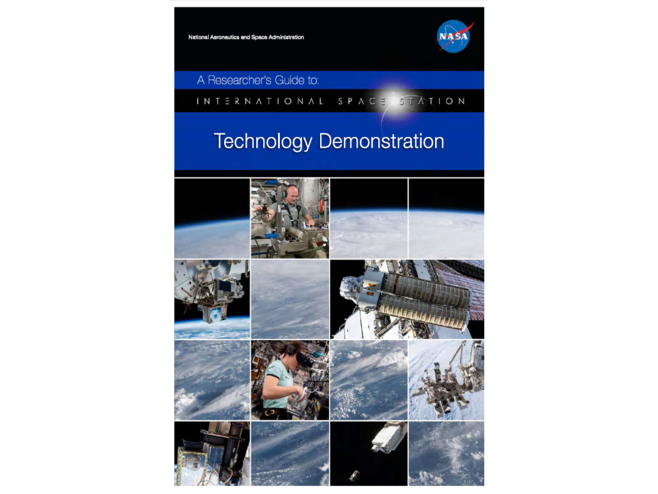
Technology Demonstration
Technology Demonstration offers prospective technology and advanced system developers the information needed to in the formulation of demonstration concepts. The guide includes a description of the areas of focus; ISS accommodations, characteristics, and capabilities; and information on the getting payloads sponsored and funded.
Children's Books and Activities
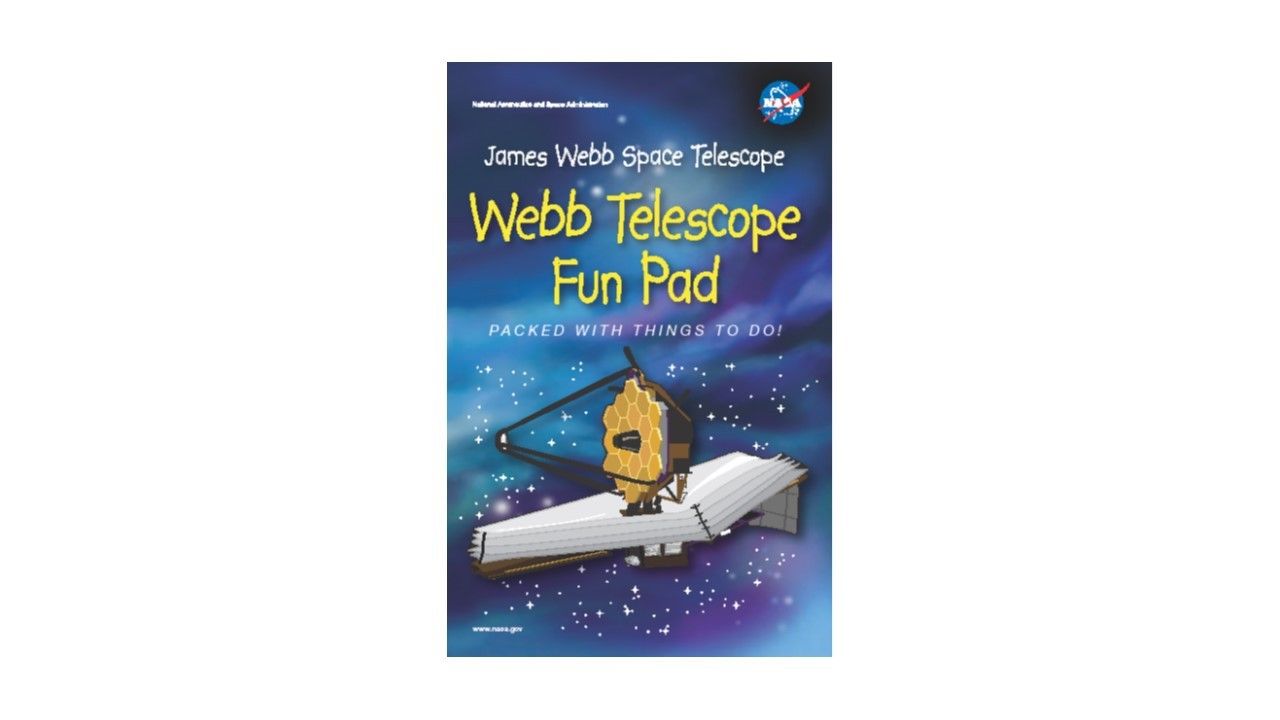
Webb Telescope Fun Pad
To play word games, solve puzzles and learn about the James Webb Space Telescope, download and print this booklet.

NASA Space Place Explorer Activity Book
Become a NASA Space Place Universe Explorer! Learn more about NASA’s exploration of our universe with the puzzles, brainteasers and other fun in this printable activity book.

Power Up With Solar System Activities
Learn about the scale of the solar system: Make a chalk drawing of the solar system on your sidewalk, have a planetary Easter egg hunt, or a jack-o-lantern solar system, and learn about the RPS-powered NASA missions that explored each planet.
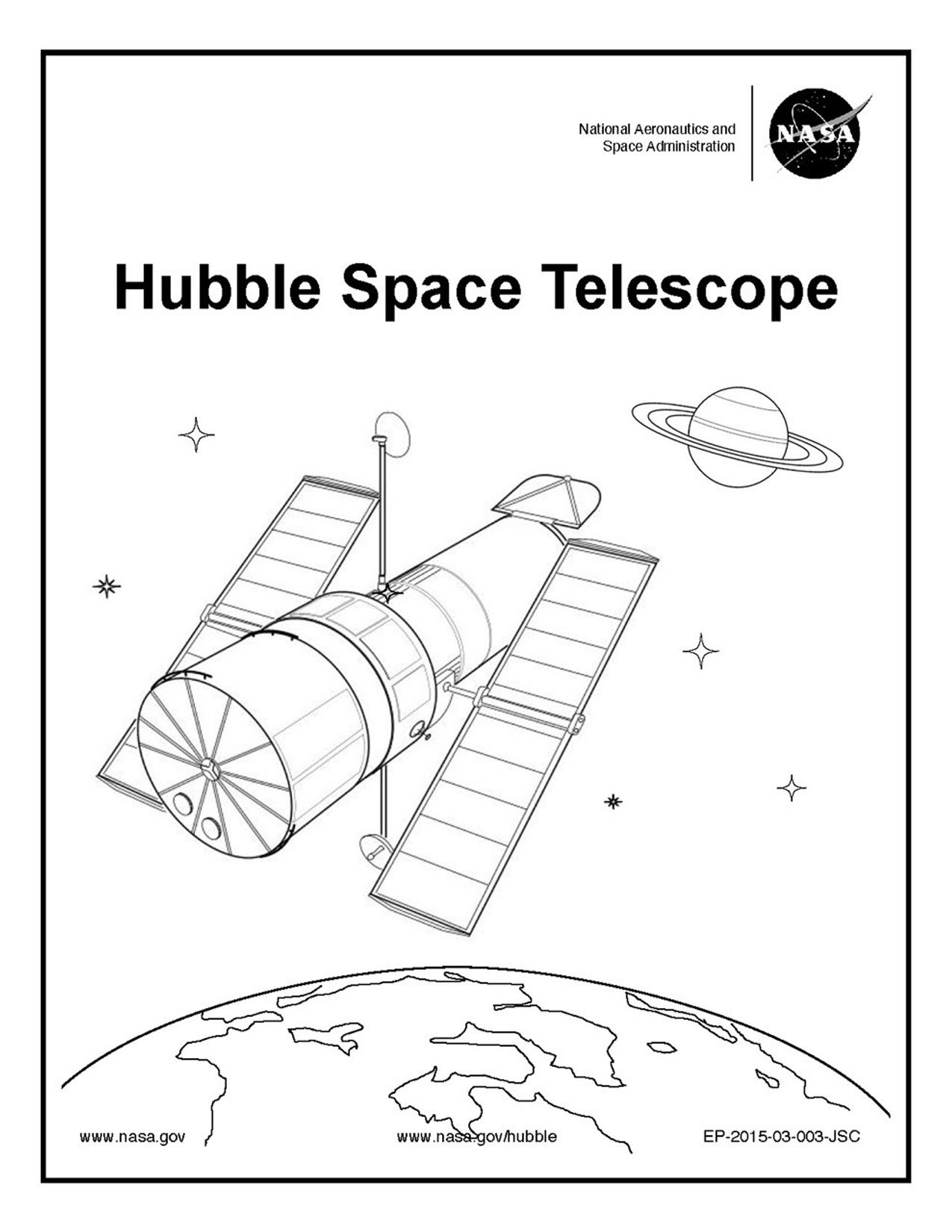
Hubble Activity Workbook
This five-page activity booklet offers Hubble explorers coloring pages, connect the dots, word find, word jumble, and word decoder.
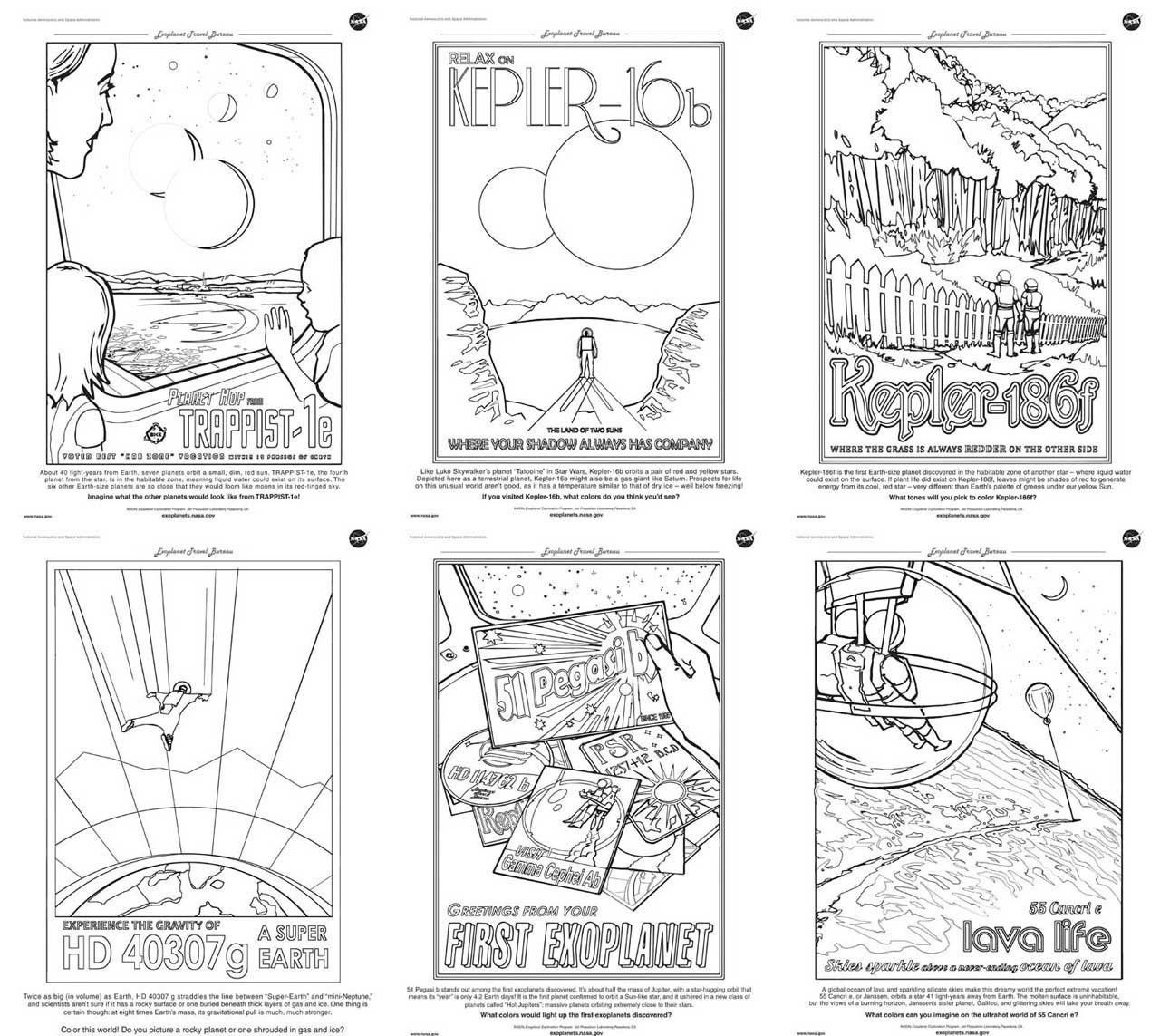
Exoplanet Travel Bureau Coloring Book
These posters are now available as coloring pages for you to add your own creative vision to exoplanet art.
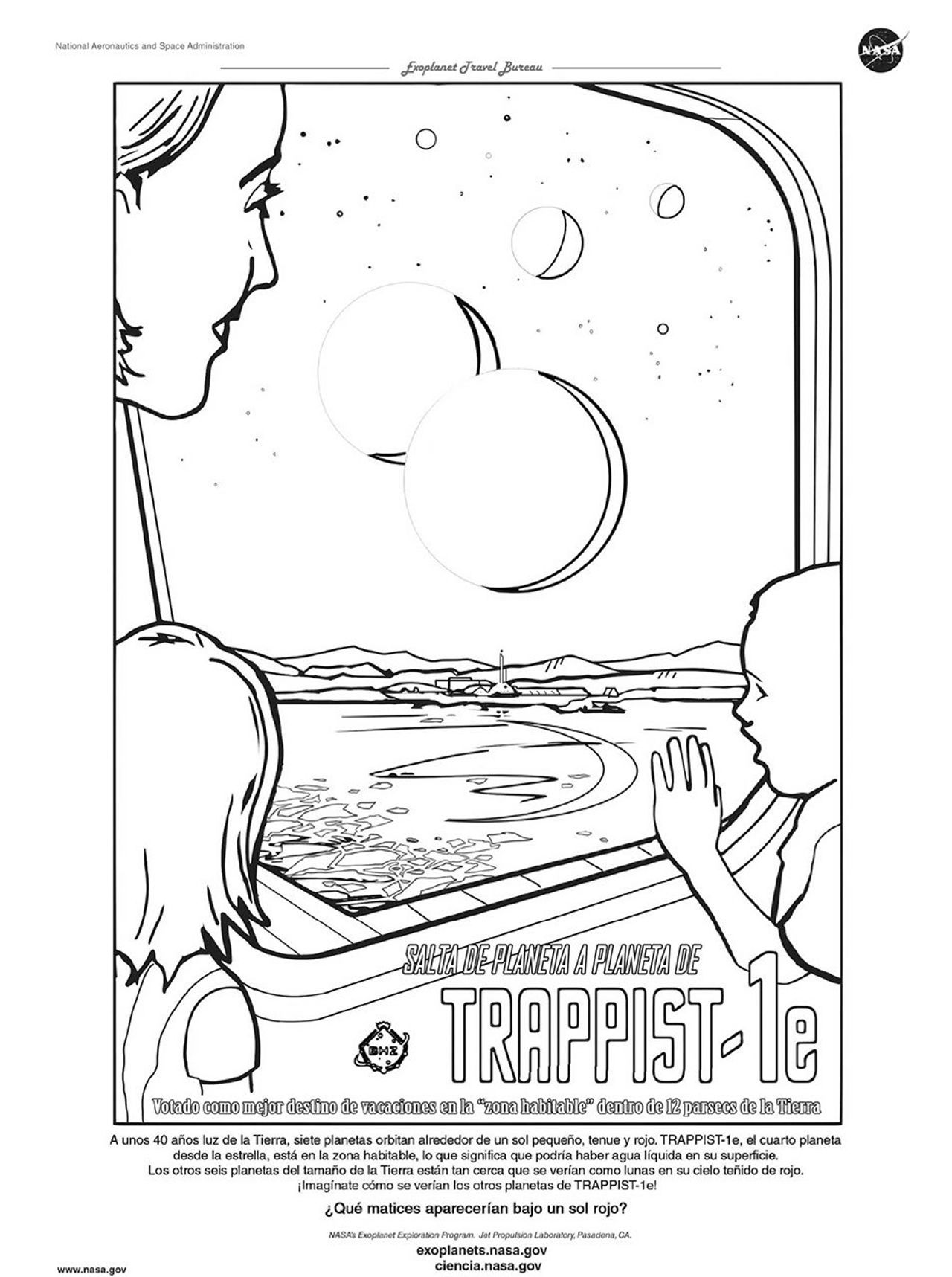
Libro Para Colorear de Exoplanetas
¿Qué matices aparecerían bajo un sol rojo? ¿Qué colores te imaginas en el mundo ultracaliente de 55 Cancri e?
Si visitaras Kepler-16b, ¿qué colores crees que verías? ¿Qué tonos elegirás para colorear Kepler-186f?

NASA Coloring Pages
These NASA Space Place coloring pages include the planets in our solar system, some of their moons, and some of the spacecraft that visited the planets.

Astrobiology Coloring and Drawing Pages
Download free coloring and activity pages from the NASA Astrobiology Program!
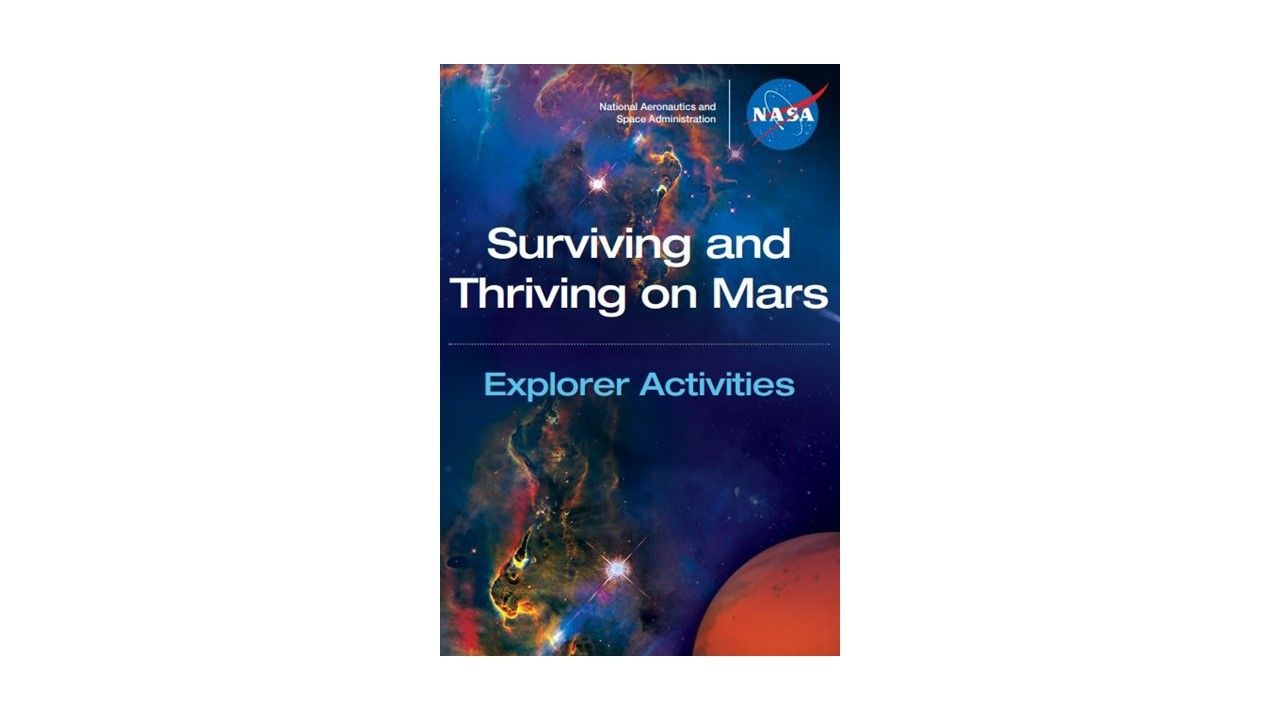
More NASA Coloring and Activity Books
Items from the NASA Coloring & Activity Book CD, including Spanish language items.
NASA e-Books
Read and download free NASA e-Books on the agency’s history, aeronautics research, and the International Space Station.
Read More and Download